Fall is the best time of the year for planning and planting your perennial garden. The plants are grown in or overgrown, and you can easily see how they work in your current design. It will be easy to see which perennials need to be divided and the empty spaces where new plants are needed. Autumn is a great time to take design notes and evaluate which plants aren’t in the right spots or those which need to be removed altogether in your fall garden.
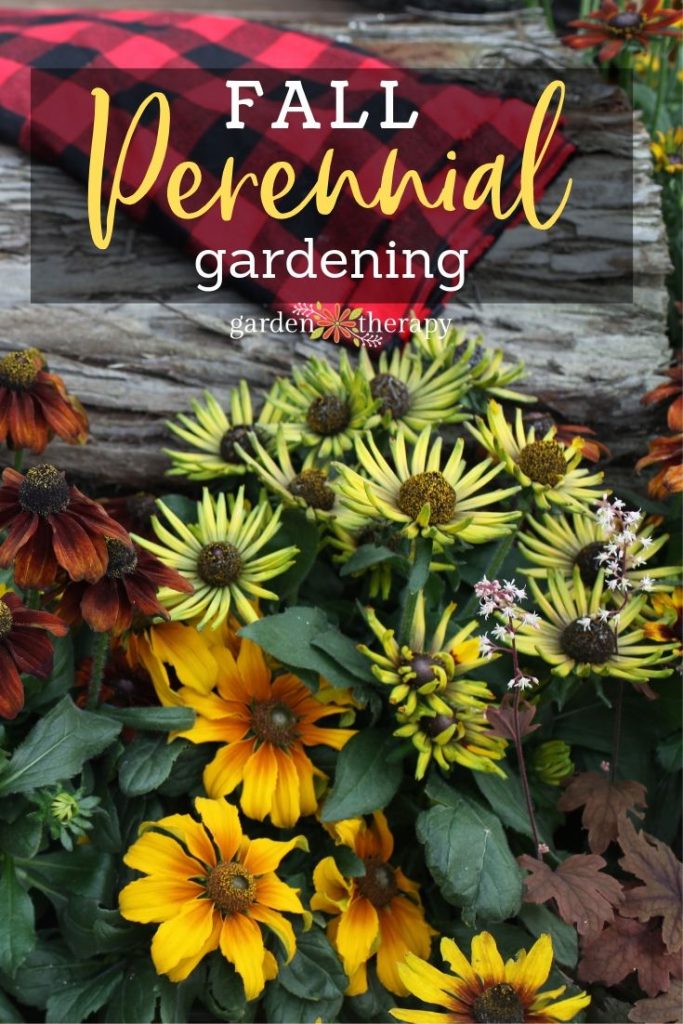
I’ve done it again. I’ve packed up my home of over ten years and am starting my garden from scratch again. The last time I moved my garden, I went in with a sentimental brain. I believed I would miss each plant as they had become my friends. But when it came time to pot up all the divisions, I needed a whole other moving truck just to transport them!
So this time around, I’m taking the more budget-friendly approach. I potted up a few of my favourites from the garden, ones that felt especially special to me or that I knew would be hard to find. Otherwise, I will be getting plenty of perennials from the garden centre!
Luckily, I chose to move right at the beginning of fall, which is THE best time of year to plant for the next season. I’m in my current home temporarily, so I won’t try to get too out of hand, but I want to spruce up the place by doing some fall garden planting before the chill settles in.
The best part is that fall garden planning can save you big bucks! Plants are either inexpensive or free (yup, free!), and when planted in the fall, you will be well on your way to a beautifully designed and low-maintenance garden next year!
This post will cover…
- Why Should You Plant in the fall?
- Make Fall Garden Plans
- Best Perennials to Plant in the Fall
- Find the Perfect Location for Your Fall Garden Plants
- Take a Closer Look: CSI Horticulture
- Divide and Conquer Your Perennials
- Now Go Shopping for Your Fall Garden!
- Planting Perennials in the Fall
- Frequently Asked Questions About Fall Garden Planting
- More Fall Gardening Tips and Ideas

Why Should You Plant in the fall?
While most people think that the end of summer means the gardening season is coming to an end, it’s really the opposite. Fall is a much busier time of year, and there are plenty of tasks to get done. For me, a big part of it includes planting perennials in the fall.
At this time of year, the soil is still fairly warm from the long sunny days. Meanwhile, the air itself is colder. This means there less heat stress on the plants once you plant them. The bugs and diseases also greatly decrease around this time of year, leaving your plants to grow happily on their own.
In the fall, plants spend almost all their time exclusively growing beneath the surface. They’ve finished their summer top growth and are now spreading their roots. The increased rain and this energy diverging means you get incredible root growth during the fall, perfect for newly planted plants.
Of course, garden centres are also beginning their huge summer clearance. So not only is it the best time to plant perennials, but you’ll get plenty of fall garden plants for dirt cheap.
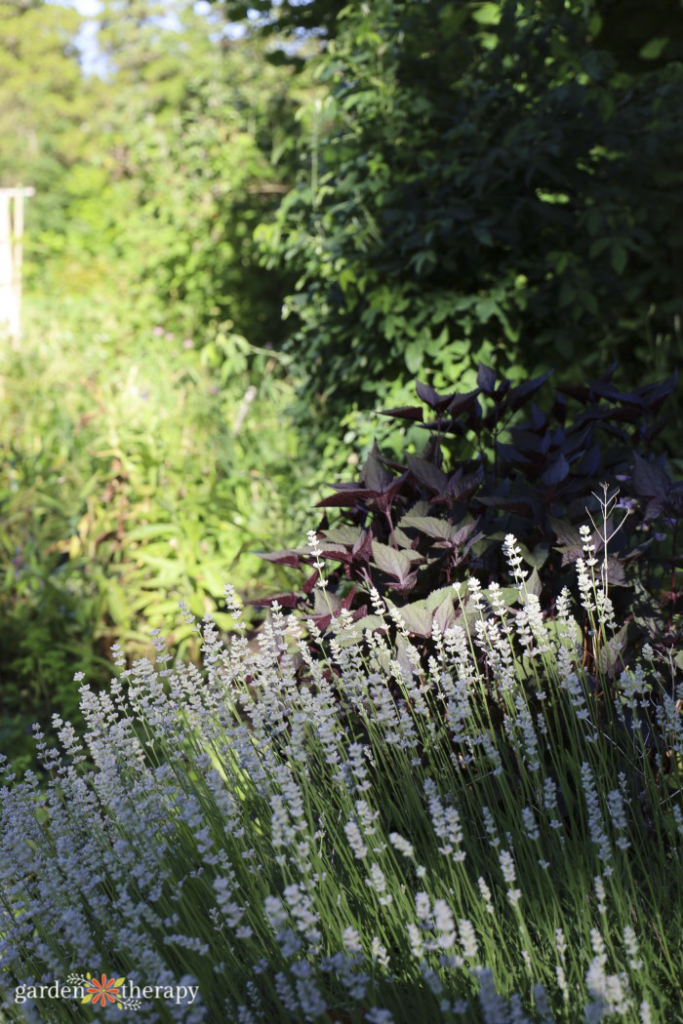
Make Fall Garden Plans
Fall is the time of year to take stock of your perennial plantings and note what’s working and what’s not. Grab a notepad and pen and head out to the garden. Have a look at how the perennials are performing.
Did they bloom? Did they get too tall and flop over? Did they die back too soon? Write down notes on what you see and jot down some notes about how they performed during the spring and summer as well.
Start with those plants that bloomed, looked healthy, survived and thrived. From these, you learned what works in your garden and your gardening habits.
Habits? Yes, some plants might be perfectly suited for your space but need more or less attention than you can give them. That’s nothing to feel guilty about; it’s an important lesson while making your fall garden plans work for you!
If you want some more tips about how this process works, check out this garden design makeover done in a weekend.
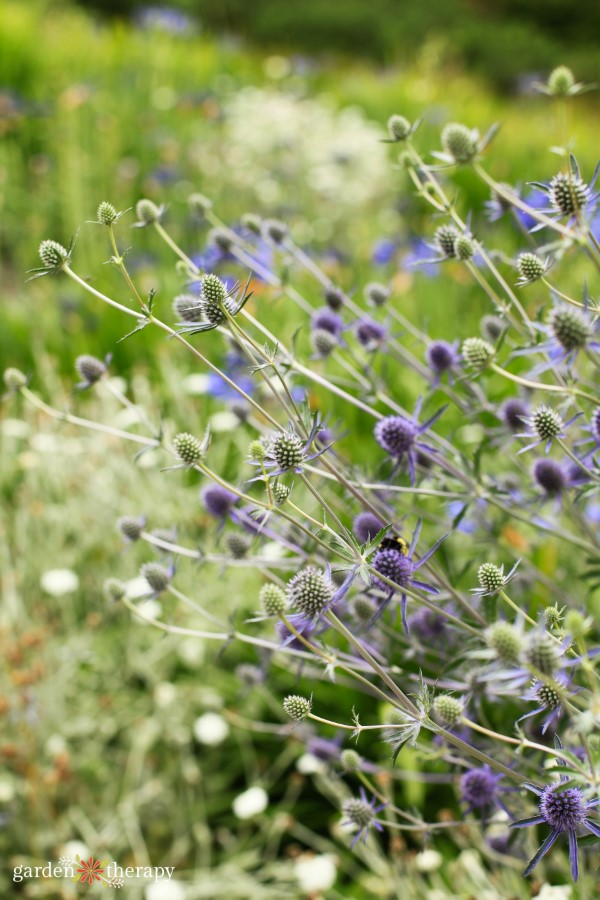
Best Perennials to Plant in the Fall
If the plant is hardy to your zone, you don’t have to worry about planting perennials in the fall. Any perennials can be planted as long as they have enough time before the first frost to settle in and establish roots before they become dormant for the winter.
That being said, here are some perennial favourites to add to the fall garden:
- Hellebores
- Peony
- Dianthus
- Bleeding heart
- Bergenia
- Azalea
- Bee Balm
- Salvia
- Lavender
- Rhododendron
You can even get a jump start on your vegetable garden! Fall garden vegetables you can begin planting now include asparagus, onions, garlic, rhubarb, and artichokes, along with many others if you use season extenders.
Besides planting new perennials, this is also a great time to divide your current plants and take cuttings to bring inside, like you would for coleus.
You can also plan for a burst of spring colour by planting spring bulbs and get your cold hardy seeds in the ground like poppies, sweet peas, and delphiniums.
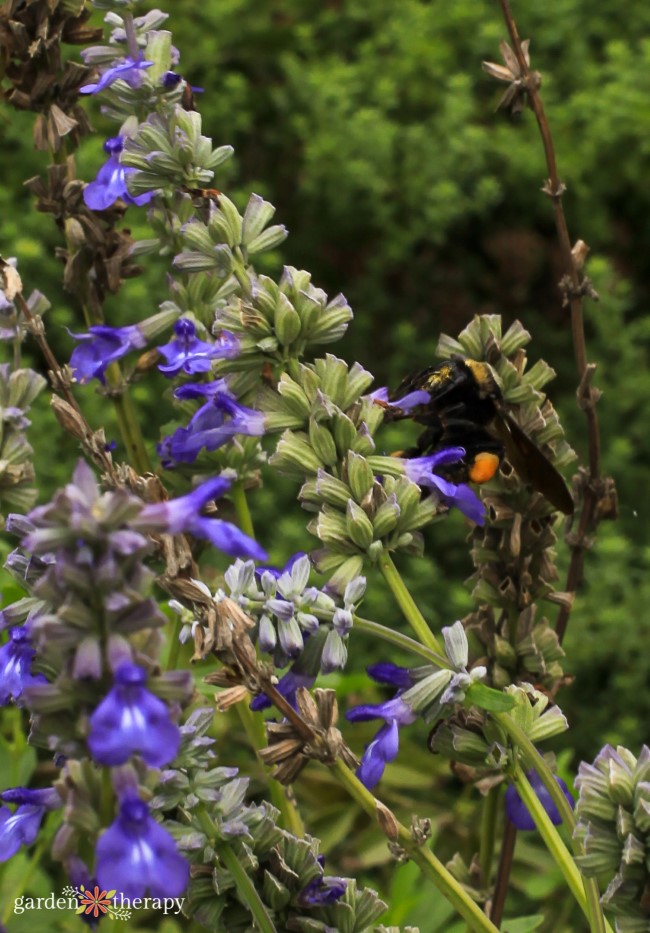
Find the Perfect Location for Your Fall Garden Plants
Since you have noted the thriving perennials, you now know a bit more about the various microclimates that exist in your garden.
Now look at the plants that could be in the wrong places. Sun-loving perennials in shady spots will get tall, leggy, and flop over as they hunt for the sun. Shade lovers with too much sun will show sunburned tipped leaves.
Plants that are dying or dead could have root rot from poor drainage or they could have died of thirst in soils with too much drainage. Soil that is too acidic or alkaline could be the culprit (check your soil pH with this easy at-home test!).
Taking stock of those plants that didn’t perform well and researching their basic needs can help you determine if a move to a better spot in the garden will do them some good.

Take a Closer Look: CSI Horticulture
Now look at the discoloured, diseased, bug-chewed, non-blooming plants. What happened? Some have naturally died back for the year, and that’s normal. In general, however, perennials that look a bit sickly need a little Horticultural CSI to figure out what went wrong.
Once you determine the cause, you can decide if you want to try to treat the problem and try to improve its health or if you should remove it altogether. Personally, I’m not a big fan of large efforts to fix plants with pests or diseases. Instead, I treat the root cause and then replace the plant if that doesn’t take care of it.

Divide and Conquer Your Perennials
The least expensive way to build a lush perennial garden is to divide plants in your fall garden that do well. This, of course, costs you nothing except time. Budget-wise, dividing perennials is a free source of quality plants that you should absolutely take advantage of.
And I don’t just mean the plants in your garden. Friends, family, and neighbours may also have plants that need dividing, and they could be more than happy to send you home with a clump or two.
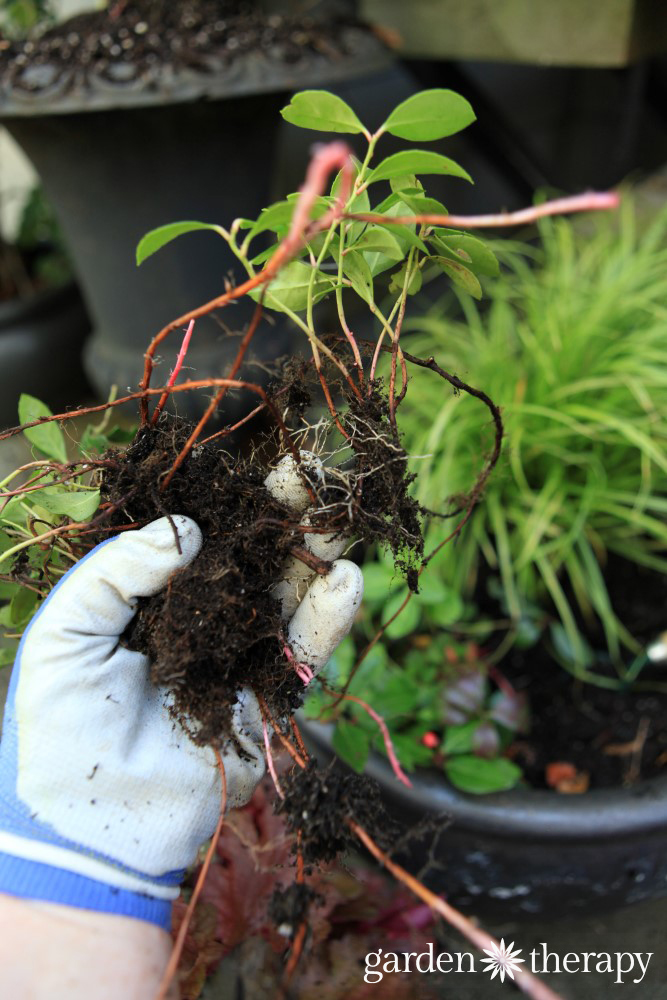
You can also check online sources such as Craigslist or local Facebook communities and post a wish list of perennials you want or list what you have to give away. Garden clubs and community gardens may also have plenty of extra perennials floating around, so don’t be afraid to ask around.
A note about free plants that should be mentioned: plants may come with weeds, pests, and/or diseases as an unwanted bonus gift. Inspect all plants thoroughly and wash off the soil from the roots.
Plant the division in your garden soil to reduce the chance that anything will be transferred to your garden. Some pests that hitch a ride are simply annoying, while others (like fire ants) can be downright devastating. It’s important to trust the source and do the work to ensure you aren’t getting more than you bargained for.
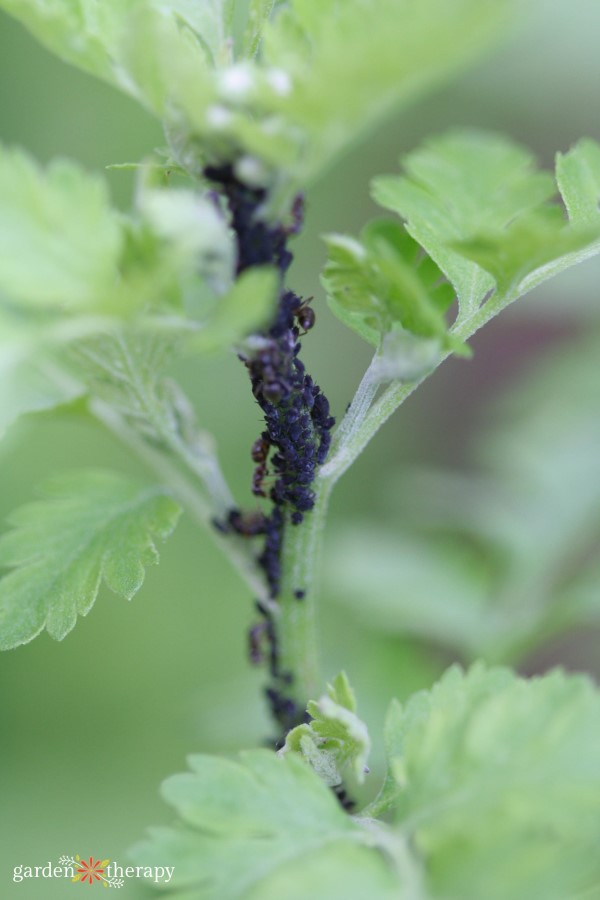
Now Go Shopping for Your Fall Garden!
The beauty of the fall (besides the turning leaves and abundance of fresh food) is that perennials go on sale. I mean markdowns-that-make-you-question-if-you-are-stealing-plants kind of sales. The garden centres and nurseries are likely closing for the year soon, and even if they are not, it makes a lot more sense to mark down plants and send them to new homes than tend to them in pots for another year.
They are usually past blooming, so look for healthy-looking leaves, evidence of past blooms, overall root health, and no signs of pests. Read the plant labels to ensure they will thrive in the available spots, and pack your shopping cart with bargains.
These may not look like much planted in the garden now, but next year you will have a strong, established plant that will fill in faster than their spring-planted counterparts.
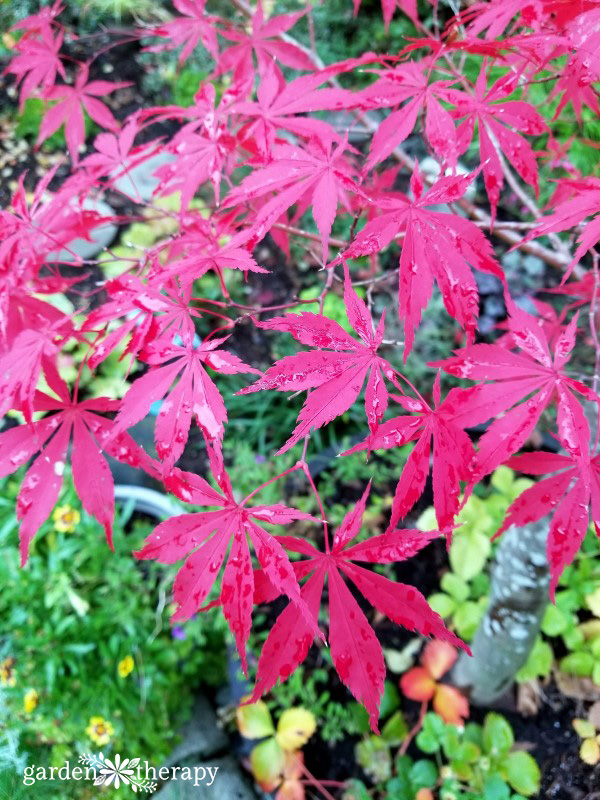
Planting Perennials in the Fall
Once you have your supply of plants ready to go in the ground, it’s time to get planting! Never leave any plants in the thin plastic pots they come in from the winter. That’s not nearly enough insulation for them to survive the winter.
You want to create ideal conditions for the plants to establish roots. Keep the plant well-watered if there’s been no rain, up until the ground freezes. Add a layer of organic mulch, like leaf mulch, to help insulate the soil and the roots.
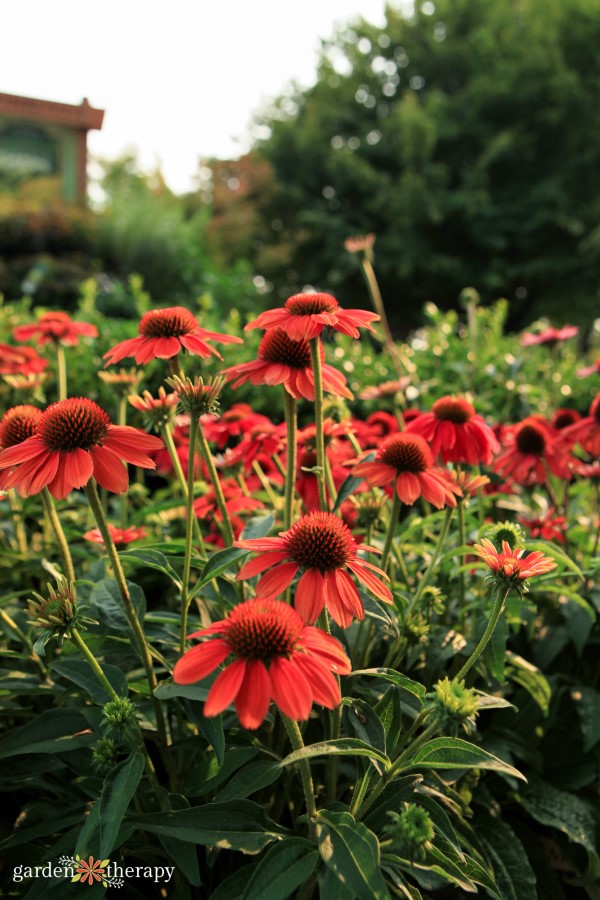
Frequently Asked Questions About Fall Garden Planting
Technically, you can work on your fall garden planting until the soil is still workable. However, if you want your plant to thrive and have the best chance of surviving the winter, you want to plant the perennials 4-6 weeks before the first frost date.
This gives the plant enough time to establish roots before the winter. You can check with your local gardening chapter the approximate frost dates for your region.
Once the ground freezes, root growth for plants stops entirely. Beforehand, root growth slows down at around 9°C (48°F). Most plants need at least 4-6 weeks in the ground before the first frost approaches to settle in and grow roots before stopping growth for the winter.
Never cut any kind of spring-flowering shrub in the fall. Most of these flowers bloom on “old wood” from the previous season. These shrubs have already grown their spring buds, and by pruning, you’re cutting off the flowers for next spring. This includes spring favourites like lilac, azalea, rhododendron, weigela, forsythia, and viburnum.
Also, avoid pruning evergreens in the fall. Instead, prune any evergreen trees in the spring as the plant can heal quickly and form new buds.
More Fall Gardening Tips and Ideas
- Speedy Plants to Sow in Summer for a Fall Harvest
- Modern Mums: Re-Imagining Color for Fall Outdoor Decor
- Get Ready for Winter: Garden Watering Tools Care Guide for Fall
- Use Season Extenders for a Late Harvest
- Beyond Tulips: Extraordinary Fall Bulbs You Need to Grow!
- Fall Container Care and Maintenance + DIY Container Ideas
- Fall Gardening Tasks to Get Ahead on Next Year’s Garden




Thanks for writing this. We’re so glad fall is here now! These tips are great to start plating during this fall season and in maintaining the fall garden as to get the best result we need to follow the right steps.
Looking forward for more such detailed work.
Thank you for the wonderful shade garden plant list and ideas……my granddaughter
says I am a plant addict. I would rather go to a nursery than a dress store! Last spring and
Sum.er I concentrated on indigenous plants to our region…. Iove to attract humming birds and
Butterflies and pollenaters. Thank You, Minnette Warren
I love reading about the benefit of the plants and how to care for them thank you 👏